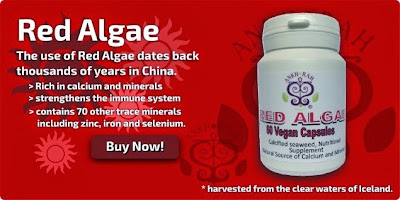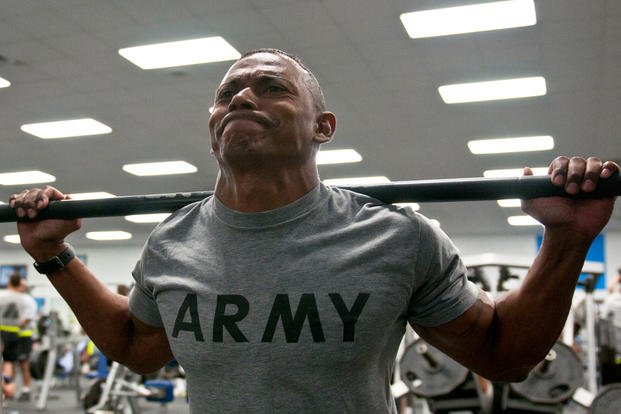Beth L. Rau began her encore career as a personal fitness trainer after age 50, inspiring her clients – some in their 60s and 70s – to stay healthy and active regardless of age.
Working out of her home in Fitchburg where she set up an indoor fitness area and also holds training sessions outdoors, Ms. Rau, 53, said she hopes to expand Beth Rau Fitness and add nutrition training to her work with clients.
Running the business — with some help from her daughter, Rebecca, 13, who is a gymnast and sometimes goes over conditioning techniques with her — Ms. Rau’s own personal fitness regimen includes “serious” weightlifting and kickboxing the last three years and also hiking for most of her life. She also plays sports, including soccer and tennis.
The mother of three, ages 13, 15 and 25, and also the grandmother of a 2-year-old, said she is an also graphic designer who started her own graphic design business nearly 20 years ago but said fitness training is also her passion and helps keep in her shape.
Is it difficult running a business in North Central Massachusetts?
“I think it is great. It is a small community. People know each other and they are very community-oriented. I’ve had great clients who have been with me in my graphics business since the beginning. Clients have changed jobs and worked for other companies and took me along with them and I am able to continue my relationship with them through 18 years.”
Why did you decide to become a fitness trainer at 52?
“I was always active and into exercising and it is a passion and big part of life - hiking or doing kickboxing or running or playing recreational sports. It was always a priority to be in good shape, good health and be fit. I was doing my graphic design business for 18 years and it was getting kind of isolating in front of the computer in the office all day long and not having a lot of social interaction. Everything is electronic and done online. I really wanted to do something else to give me a variety of interactions with people. I decided that I was going to use my passion for fitness and started another career. I always wanted to be a personal trainer and decided to finally do it.”
Why did you open in this area?
“I met my husband and moved out here because he is from this area. I knew I didn’t want to make the commute to Boston every day, so I planned to start my own business and started Rau Graphics in 2000. I’ve been doing that ever since. I was familiar with owning a business, interacting with clients and customer satisfaction. That really helped me in this new endeavour.”
What did you have to do before opening?
“The first step was getting my certification as a personal trainer. I took an online course and an exam and also took a CPR course for adult first aid/CPR/AED through American Red Cross. I had done a lot of research on my own and tried a lot of different sports and I had a lot of experience in strength training.”
How did you build your customer base?
“I have a website, bethraufitness.com, and through friends and clients through my graphic design business and I know a lot of people in the community from having my own business. I also reached out to clients and people in various places where I exercised and created a network with. I am also on an online marketplace called findyourtrainer.com that’s a vehicle for personal trainers for potential clients searching profiles.”
How much has your business grown in the last year?
“I started out with four to five clients and now I have 10 to 12 clients. It keeps me busy. I love the personal training and I would love that to be my primary focus, but I can’t see myself giving up graphic design altogether. It is so great to have both. It’s such a good mix because they are two totally different things.”
Do you ever see yourself opening a fitness centre outside your home?
“I like working privately. I might work for a fitness centre eventually, but I can’t see myself doing that solely. I see clients here and travel to people’s homes. I have that flexibility. I do see results and it is so fulfilling and really feel like I am helping people. That is the goal. You can be in the best fitness at any age. Age should not be a factor in leading a healthy, active lifestyle, especially for seniors. It is so important to keep moving. I get such gratification out of helping people feel good and see results. It really makes me feel a big accomplishment. They did the work, but I helped them along the way. I gave them the guidance and it is very fulfilling.”
What is the average age of your clients?
“I have quite a few senior clients age 50-plus. I do have clients in their 60s and 70s. I think they seek me out because of my age. I am close in age to them and I understand the challenges they face in their older years. I’ve heard that they can relate to me better because I am closer in age to them than trainers in their 20s and 30s.
“I feel like I’ve created a little niche here and I like that. I really want to promote that even seniors can live a healthy, active lifestyle. Even if you are sedentary now, you can turn it around and prevent injuries and just feel better physically in your older years.”
Compiled by Paula J. Owen, correspondent
Click Here For More Articles
Don't forget to opt-in to Our Healthy Living Society and get 3 free gifts while receiving the latest information on health, well-being and groundbreaking news about natural nutrition.

































